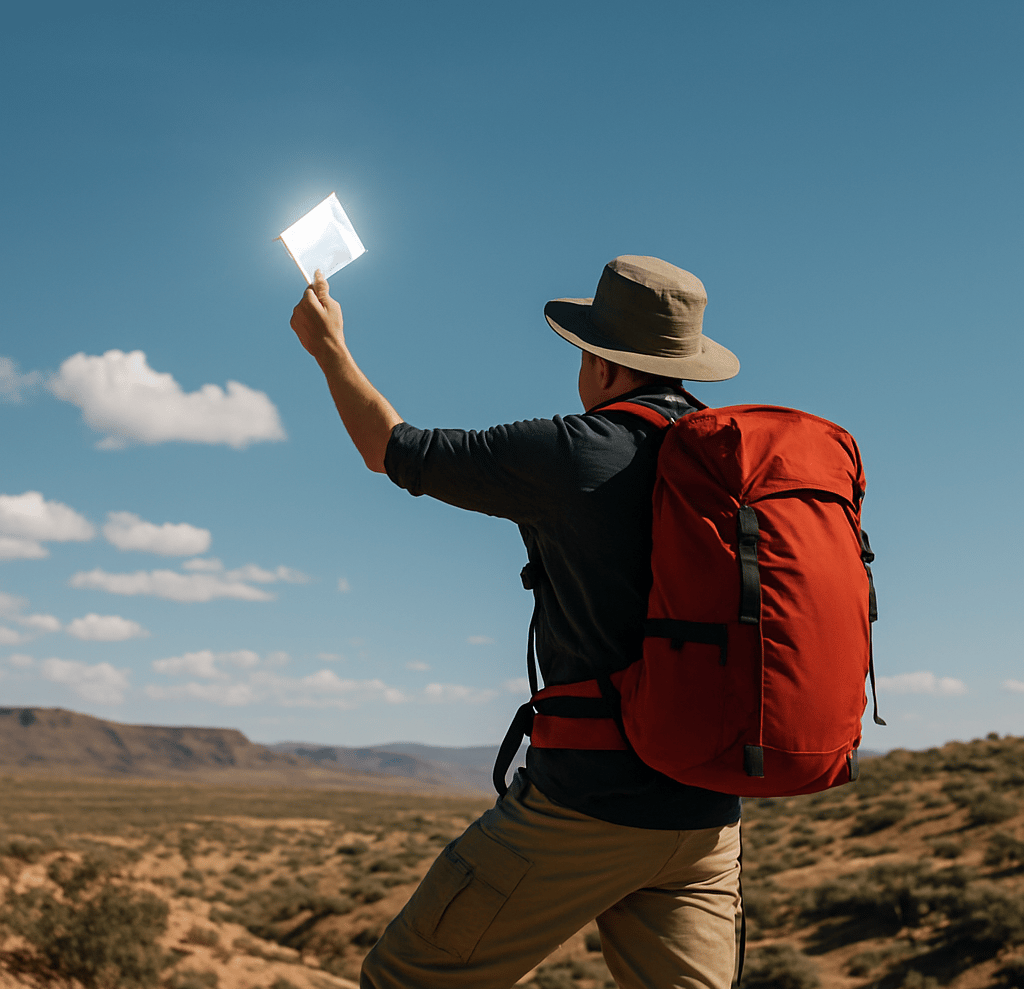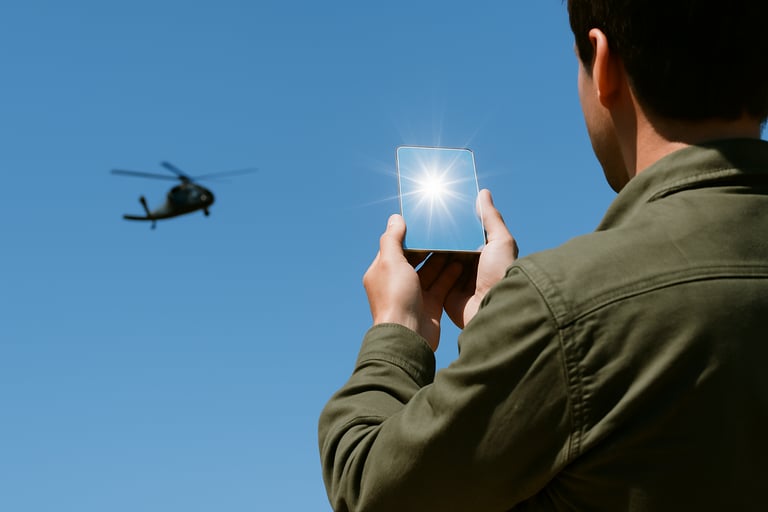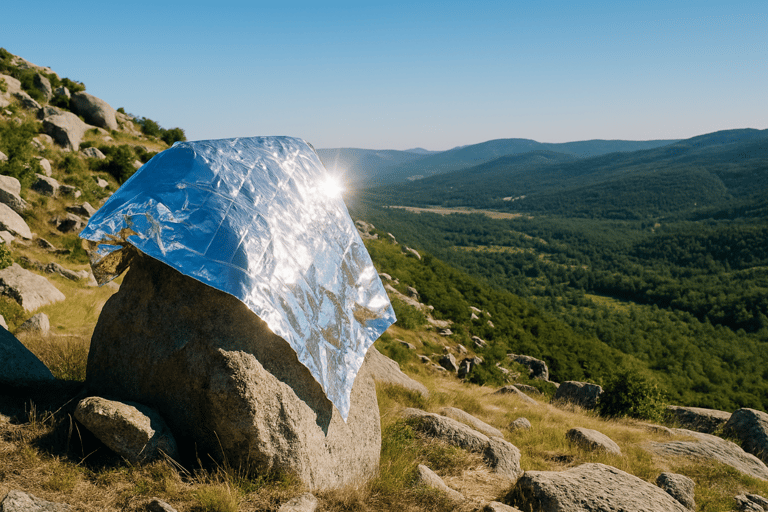Using Reflective Materials as Signals to Call for Rescue
Learn how to use reflective materials like mirrors, foil, and gear to signal for help in the wild. This guide explains wilderness signaling techniques using sunlight and reflections to boost your chances of being seen by rescuers.


Using Reflective Materials as Signals to Call for Rescue
Why Reflective Signals Work So Well in the Wild
When you're trying to attract attention in a survival situation, visibility is everything. Reflective signals stand out because they catch and redirect sunlight, making them visible from long distances, even from the air. These signals work especially well during daylight hours when the sun is strong and line of sight is clear. Emergency mirrors, shiny metal objects, or even foil wrappers can turn into life-saving tools when used properly.
The Best Reflective Materials to Carry in Your Kit
Not all shiny things are created equal. Emergency signal mirrors are purpose-built and ideal, but you can also use items like compact mirrors, aluminum foil, mylar blankets, or even a smartphone screen. The key is having a surface that’s smooth and can produce a strong glint. It’s smart to keep a lightweight, dedicated mirror in your survival gear, but also train yourself to use whatever you have on hand.
How to Aim and Flash a Signal Effectively
Signaling with reflective materials isn’t just about holding something shiny up and hoping for the best. You’ll need to aim the flash deliberately. One effective method is the “V-finger method”: hold your hand in a V shape and place the rescue target (like a plane or a person) in the middle. Then, use your mirror or foil to reflect the sun through the gap. Move the flash across the area in slow, repeated motions to maximize your chances of being seen.
If your mirror has a sighting hole, even better. You can look through it and precisely direct the reflected beam. Practicing these techniques before you ever need them will make a huge difference.
When to Use Reflective Signaling for Best Results
Reflective signaling is most effective during sunny conditions, ideally between mid-morning and late afternoon when the sun is high enough to create sharp glints. It's less useful during cloudy weather or in dense forests with little direct light, so if you're in that kind of environment, be sure to combine mirror signals with other methods like sound, color, or structure-based signals.
Combining Reflective Signals with Other Rescue Techniques
In a real survival situation, it's smart to layer your strategies. Use reflective signals alongside ground-to-air symbols like SOS patterns, audio signals like whistles, or movement-based tactics like waving bright flags or arms. At night, consider using flashlight signals for rescue to complement daytime signaling methods. The more types of signals you use, the higher the chance a rescuer will spot one of them. For example, waving flags or clothing to signal for rescue can attract attention even when the sun isn’t strong enough for reflective flashes.
This is especially effective when paired with building signal structures that remain visible even when you're not actively signaling. Also remember to position yourself in open terrain when using reflective tools. An open ridge, flat rock slab, or clearing gives you the best possible range and angle to catch attention.
Final Thought: Stay Ready and Practice in Advance
Reflective signaling is simple, but not always intuitive under stress. Take a few minutes to practice with a mirror or shiny surface next time you’re out hiking or camping. Get familiar with how to aim a flash. It’s a small skill that can make a massive difference when every minute counts.




© 2025. All rights reserved About | Privacy Policy | Terms and Conditions | Affiliate Disclosure | Disclaimer


